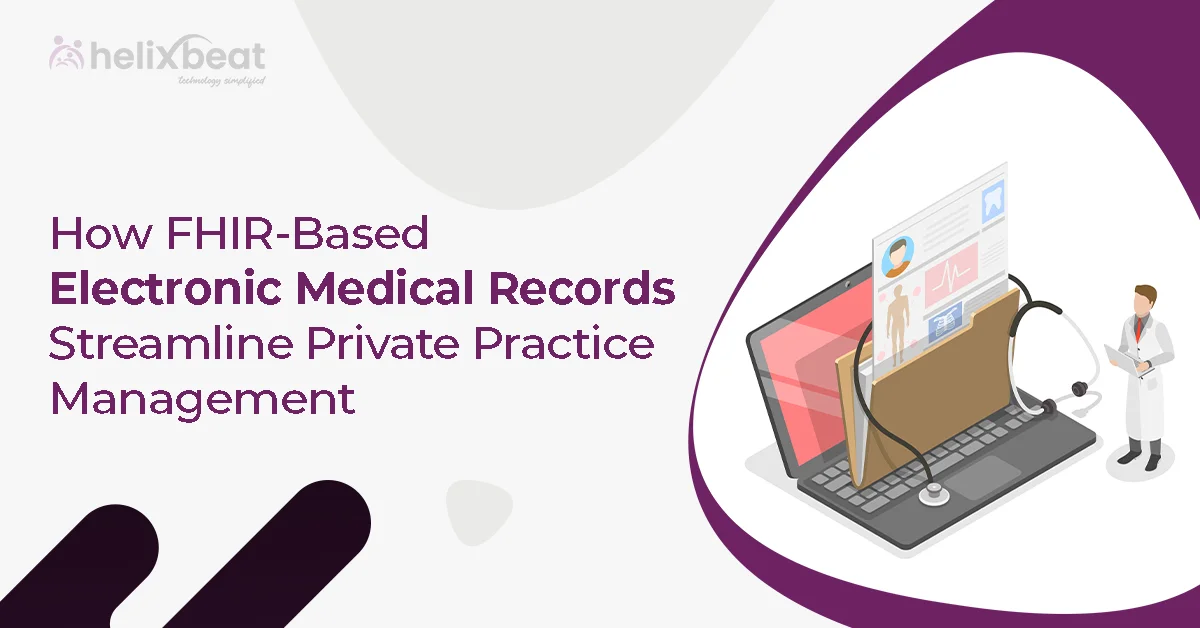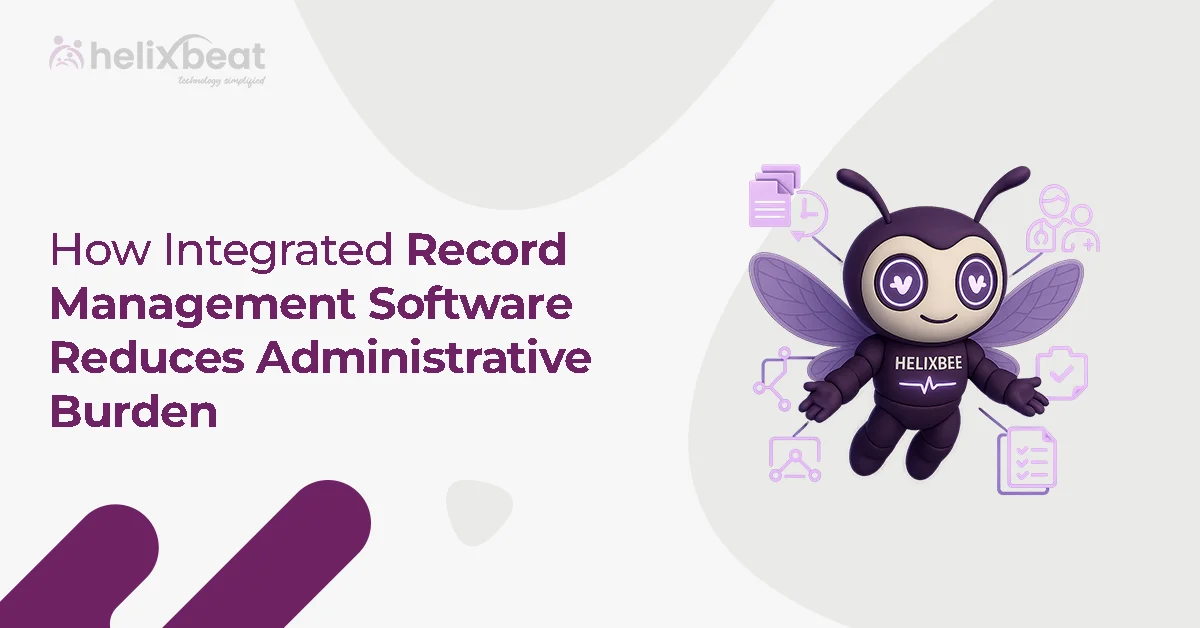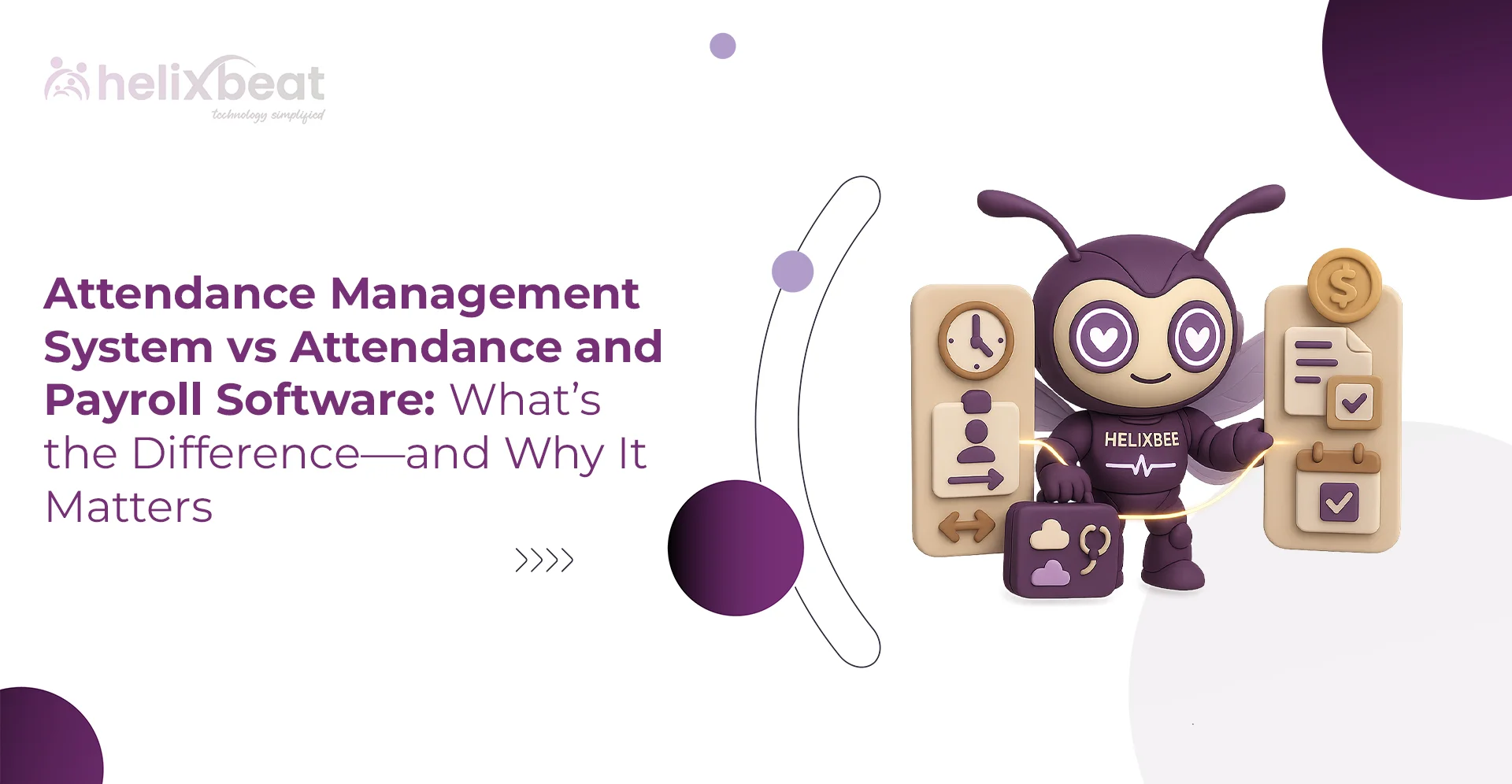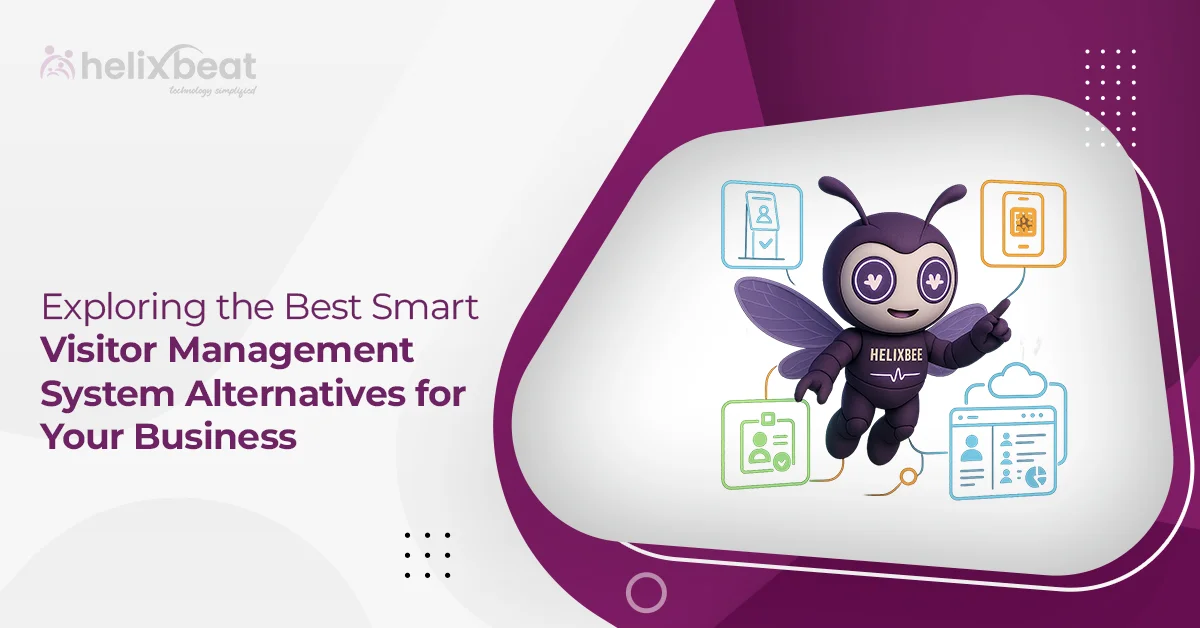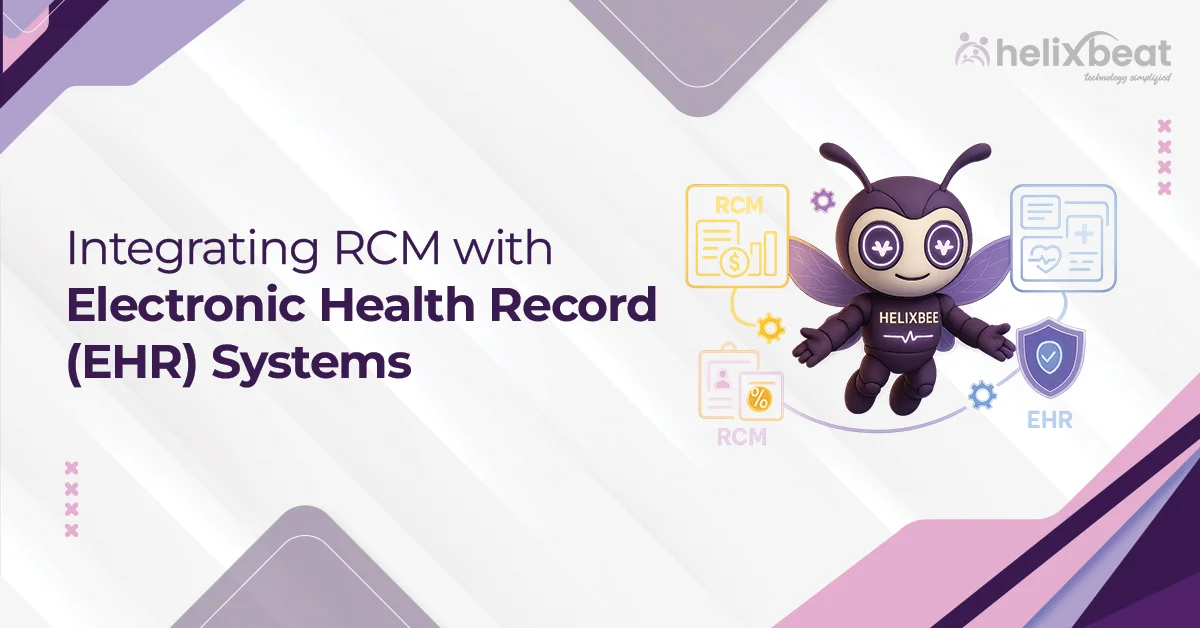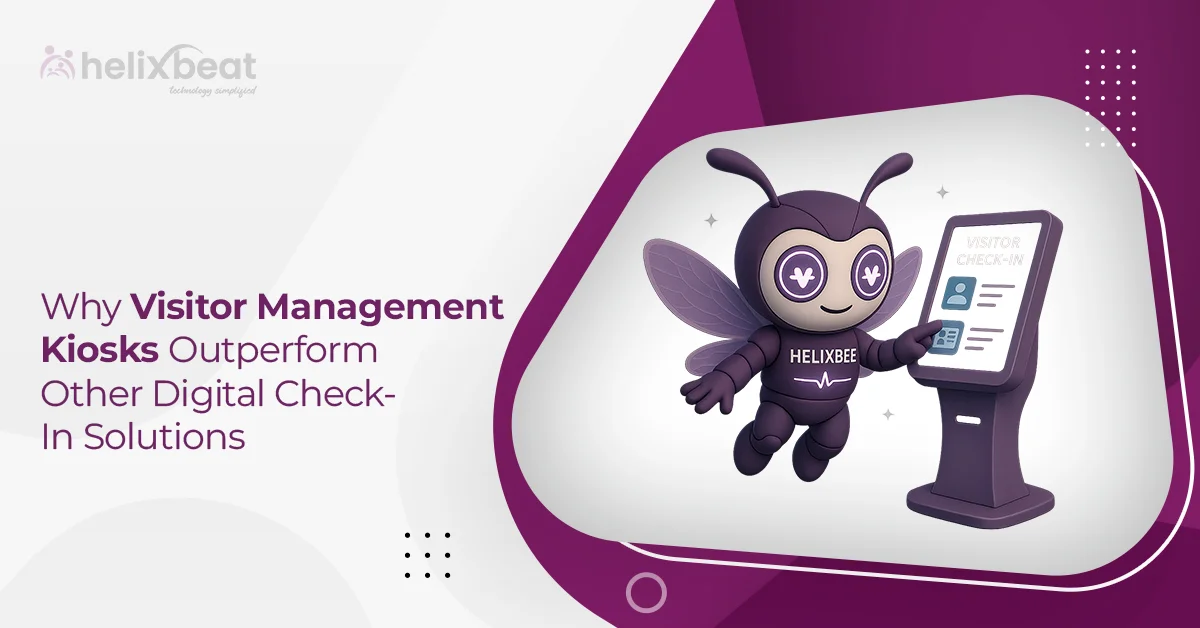Today, managing patient information directly impacts the quality of care. While paper-based records were once the norm, electronic medical records (EMRs) have quickly taken over, offering accuracy, better accessibility, and a huge boost to productivity. But as technology continues to evolve, there’s a shift towards even more advanced systems, like the Fast Healthcare Interoperability Resources (FHIR) standard.
FHIR-based EMRs are making a real difference in how private practices manage their day-to-day operations. In this blog, we’ll examine how they are helping them become more efficient, cost-effective, and truly patient-centered.

Table of Contents
What Is FHIR and How Does It Relate to Electronic Medical Records?
FHIR is a modern electronic health data exchange standard developed by HL7 (Health Level 7), the organization responsible for creating international standards for healthcare information. The FHIR standard addresses the limitations of older health data formats by making it easier to exchange, access, and integrate healthcare information across different systems.
Unlike older standards like HL7 v2 and CCD (Continuity of Care Document), FHIR utilizes web technologies such as RESTful APIs, making it faster and more adaptable to the needs of modern healthcare environments. When incorporated into electronic medical records (EMRs), FHIR transforms how data is collected, shared, and analyzed, bringing a new level of efficiency to private practice management.
Benefits of a FHIR-Based EMR in Private Practices
1. Streamlined Data Exchange Across Systems
One key benefit of FHIR-based EMRs is their ability to facilitate data sharing between different healthcare systems. In private practices, patient information often exists in various forms, such as diagnostic records, lab results, prescriptions, treatment plans, etc. However, traditional EMR systems can struggle when communicating across diverse platforms.
FHIR-based systems solve this issue using standardized formats and protocols, facilitating seamless, real-time data exchange. As a result, healthcare providers gain access to complete and up-to-date patient data right when they need it.
2. Enhanced Patient Experience
Patients today expect seamless, efficient care, and part of this experience comes from how smoothly their information is handled. FHIR-based EMRs provide private practice staff with easy access to patient records, which makes appointment scheduling, billing, and patient follow-ups faster and more efficient. It also speeds up referral coordination, insurance verification, and medical history discussions.
As a result, patients benefit from shorter wait times, and a more personalized experience as healthcare providers can tailor their care based on real-time data.
3. Improved Workflow Efficiency
Private practices typically have limited staff and resources, meaning they need to make the most out of every resource at their disposal. FHIR-based EMRs help streamline internal workflows by automating time-consuming tasks like data entry, coding, and others.
For example, when a new patient enters the practice, FHIR-based EMRs can automatically pull their details from integrated databases. This allows staff to focus on patient care and treatment planning. Additionally, FHIR-based systems make it easier to schedule follow-up appointments and send patient reminders, which increases overall practice efficiency.
4. Seamless Integration with Third-Party Applications
Private practices often rely on third-party applications to manage everything from billing and insurance claims to telemedicine platforms and patient portals. However, traditional EMRs often operate as standalone systems, which makes integration with other software difficult.
FHIR’s API-based approach makes it much easier to connect with third-party applications. For example, a practice can seamlessly integrate a telemedicine platform into its EMR system and conduct remote consultations. This flexibility also applies to data analytics tools, allowing private practices to track patient outcomes, spot trends, and refine care strategies using real-time data. It’s all about making healthcare more connected and efficient.
5. Improved Clinical Decision Support
FHIR-based EMRs can also improve clinical decision support (CDS) within a private practice. By integrating patient data from multiple sources, including lab results, diagnostic imaging, and previous visits, FHIR systems help create a comprehensive picture of the patient’s health. This allows practitioners to make informed decisions about treatments, medications, and other interventions.
Additionally, FHIR’s ability to integrate with clinical decision support tools means providers can access evidence-based guidelines, best practices, and alerts about potential drug interactions, thereby improving patient outcomes.
6. Cost Savings and Financial Benefits
Traditional medical record systems often require expensive hardware, software, and maintenance. FHIR-based systems, on the other hand, are designed to be cloud-based and more flexible, which reduces the need for costly on-site infrastructure.
Moreover, by improving the overall efficiency of practice management, FHIR systems reduce the time spent on administrative tasks, which further leads to lower overhead costs.
PULSE: A FHIR-Based EMR for Smarter Patient Care and Practice Management
PULSE is a next-generation, FHIR-based Electronic Medical Records (EMR) platform built to modernize healthcare delivery and streamline administrative workflows. Designed for clinics, diagnostic centers, and hospitals, PULSE integrates core functionalities like patient registration, appointment scheduling, clinical documentation, and billing into one unified, intuitive system.
At the heart of PULSE is the power of FHIR—the industry-leading data standard. This foundation makes PULSE not only interoperable with other digital health platforms, but also future-ready for regulatory and collaborative care models.
With real-time access to comprehensive medical records—including patient histories, prescriptions, lab results, and treatment plans—clinicians can make faster, more informed decisions. Similarly, automated appointment reminders help minimize no-shows, while integrated billing and payment tracking tools improve financial transparency and operational efficiency. Also, the platform’s built-in analytics and dashboards offer valuable insights into patient trends, resource utilization, and overall performance.
Whether you’re managing a single-specialty clinic or a large multi-specialty hospital, PULSE adapts to your workflow. It’s more than just software—PULSE is a FHIR-native EMR and complete practice management solution, designed to support smarter collaboration, better outcomes, and a truly connected healthcare ecosystem.
Final Thoughts
FHIR-based electronic medical records represent the future of private practice management. By offering seamless data exchange, improved patient experiences, enhanced workflow efficiency, and robust security, FHIR has the potential to transform how healthcare providers manage their practices.
Discover how PULSE can simplify your operations, improve care delivery, and future-proof your healthcare practice. Schedule a demo today and experience the smarter way to manage patient care.
FAQs
1. What is a FHIR-based EMR and how is it different from traditional EMRs?
A FHIR-based EMR uses the Fast Healthcare Interoperability Resources standard to support faster, more secure, and interoperable data exchange between healthcare systems. Unlike older EMRs, it leverages modern web technologies for real-time access and seamless integration.
2. How does PULSE improve the patient experience?
PULSE gives healthcare providers instant access to patient data, speeds up administrative tasks like scheduling and billing, and enables smoother communication. This leads to shorter wait times and more personalized care.
3. Does a FHIR-based EMR support better clinical decisions?
Yes, by aggregating data from multiple sources and integrating with clinical decision support tools, FHIR-based systems like PULSE provide relevant insights, alerts, and evidence-based recommendations during patient consultations.
4. Is a FHIR-based EMR like PULSE scalable for both small clinics and large hospitals?
Absolutely. PULSE is designed to adapt to the unique workflows of solo practices, diagnostic centers, and multi-specialty hospitals, making it a versatile solution for healthcare organizations of all sizes.
5. How can I get started with PULSE for my practice?
Getting started is simple—just schedule a demo with Helixbeat to explore how PULSE can streamline your workflows, elevate care delivery, and bring greater efficiency to your healthcare operations.



